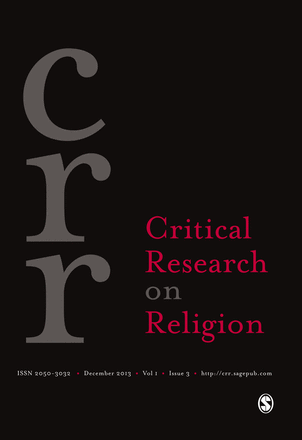Abstract
Despite their regional, ethnic, and linguistic differences, the recent social and political upheavals of the Middle East have shared one basic concern. From the 2009 Green Movement in Iran to the 2011 Tunisian revolts which ignited the Arab Uprisings, and from the first Muslim Brotherhood government in Egypt in 2012 to the protests in Turkey’s Taksim Square in 2013, a central issue has been how to establish a democratic state with a modern constitution while adhering to many shari’a rules and regulations. This debate is not a new one in the Middle East and, as this article will demonstrate, it has been a central theme of Iranian politics ever since the Constitutional Revolution of 1906. At the time of that first Iranian revolution, Iran was ruled by two sets of laws, shari’a religious law and ‘urf customary law. Shi’i clerics, with their elaborate institutional hierarchy, controlled shari’a law, which was considered the more important law of the land, whereas the monarch and local rulers were nominal guardians of ‘urf laws. Soon the novel discourses of the Constitutional Revolution would create a paradigm shift in Iranian society.1 Constitutionalist clerics had assumed that a new political order reformed ‘urf rulings, leaving shari’a laws more or less intact. They were stunned by the realization that a constitutional order revamped both legal systems and overturned sacrosanct social and religious hierarchies. Many clerics resisted these reforms. The result was a bifurcated set of laws that institutionalized clerical authority, while also placing limits on clerics in legislative and judicial branches of the government.


